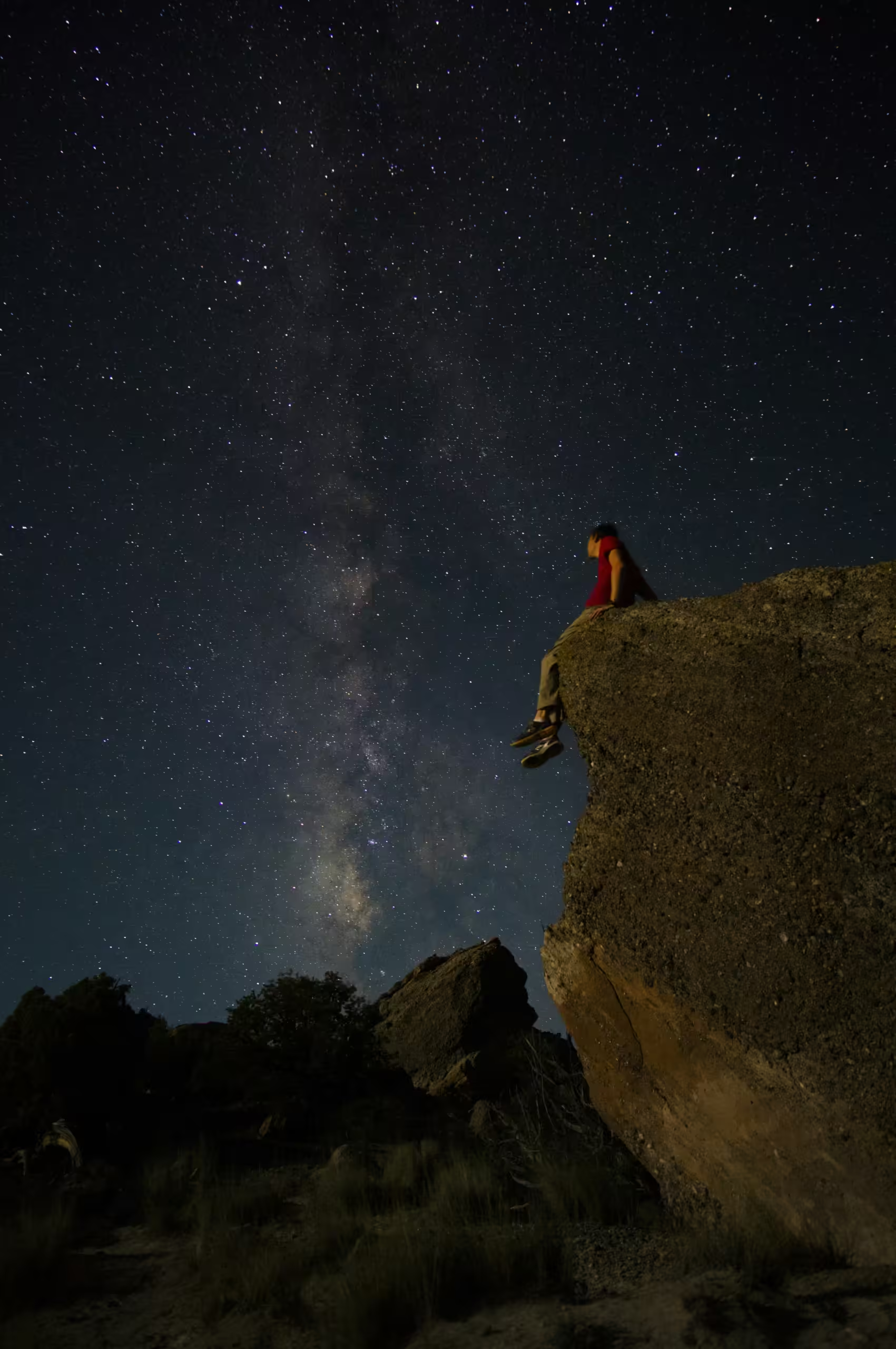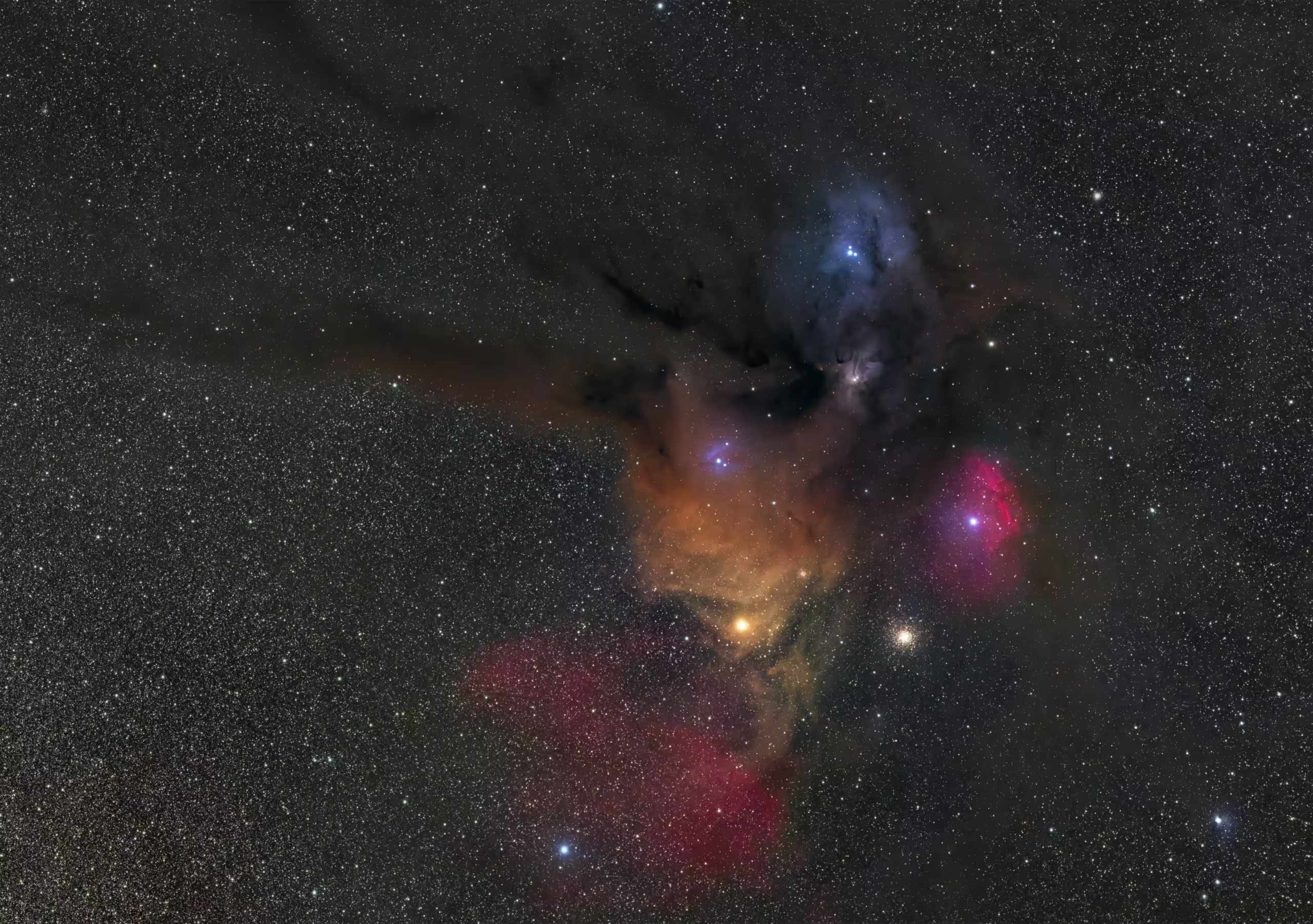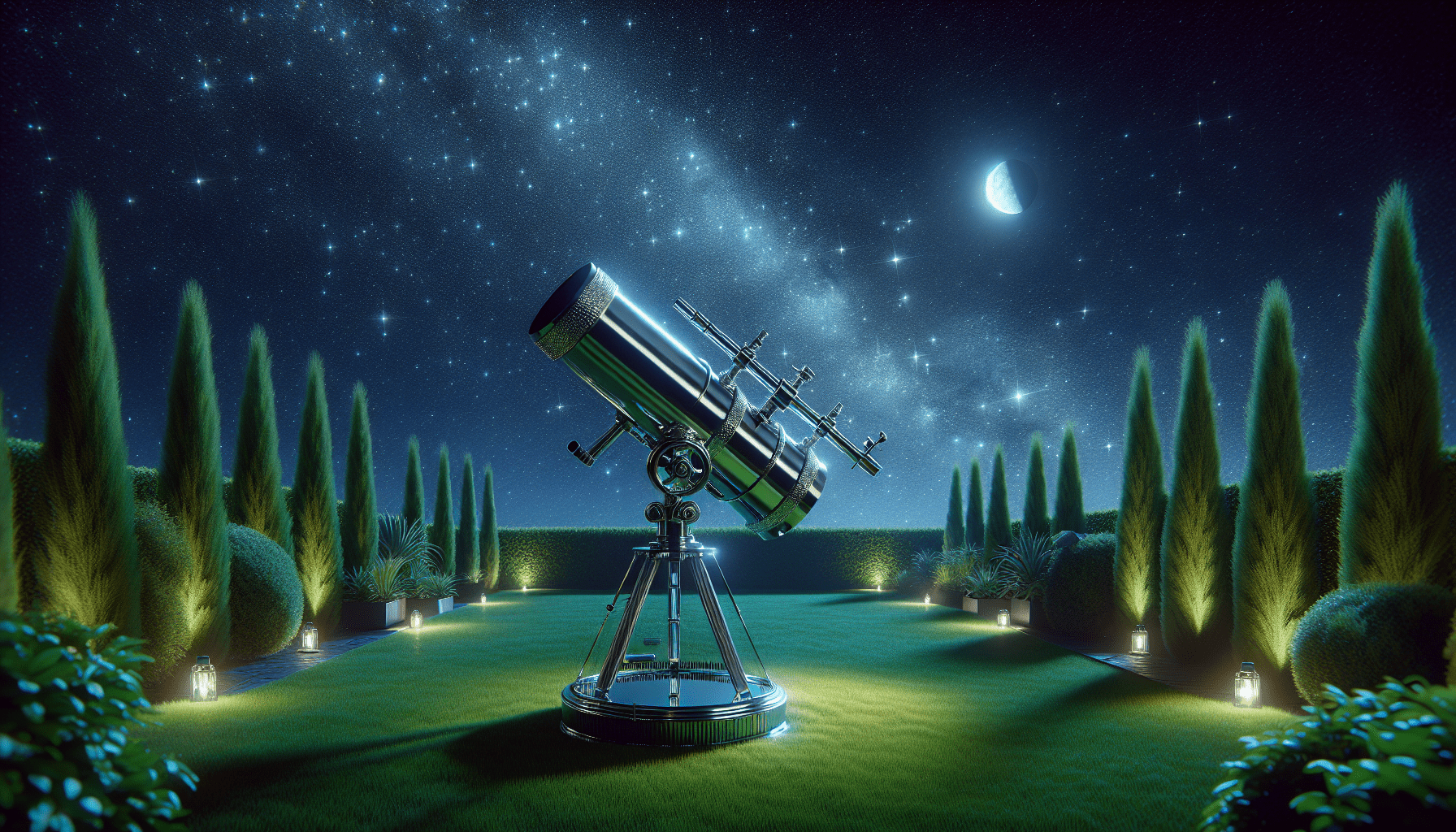Exploring the Night Sky: A Guide to Observing with a Backyard Telescope. Have you ever looked up at the night sky and wondered what marvels are hidden in those tiny points of light?
Table of Contents
The Night Sky: An Everlasting Curiosity
Looking up at the stars has been a human fascination for ages. From ancient civilizations using the stars to navigate, to modern astronomers uncovering the mysteries of the cosmos, humanity’s relationship with the night sky is profound. With advancements in technology, even backyard enthusiasts can now join the ranks of stargazers, armed with their telescopes and curiosity.
Why Observe the Night Sky?
Observing the night sky isn’t just a hobby; it’s a fascinating portal into understanding our universe. You might be surprised by how much you can learn just by peering through a telescope. This isn’t merely about seeing stars and planets; it’s about connecting with something much larger than yourself, gaining perspective, and feeding your curiosity.
A Brief History of Amateur Astronomy
Early Beginnings
The modern era of amateur astronomy began in the early 20th century when telescopes became more accessible. This allowed enthusiasts to observe celestial events, contributing valuable data to professional astronomers. The humble beginnings involved small, manually operated telescopes that nonetheless opened up a world of possibilities.
The Golden Age
In the mid-20th century, amateur astronomy flourished. Organizations like the Astronomical League and the British Astronomical Association played significant roles in popularizing the field. Advancements in optical technology and the establishment of local astronomy clubs provided enthusiasts with access to better equipment and shared knowledge.
Today’s Trends
Today, backyard astronomers enjoy a golden age of technology. Computerized telescopes with GPS alignment and astrophotography equipment enable even beginners to capture stunning images of celestial objects. Social media and online forums have created a thriving community where amateurs can share their discoveries and learn from one another.

This image is property of images.unsplash.com.
Getting Started with a Backyard Telescope
Choosing the Right Telescope
Selecting the right telescope is crucial for a rewarding stargazing experience. Here are some types to consider:
| Telescope Type | Advantages | Disadvantages |
|---|---|---|
| Refractor Telescope | Sharp images, low maintenance | Typically more expensive, heavier |
| Reflector Telescope | More affordable, no chromatic aberration | Requires regular maintenance (mirror alignment) |
| Compound (Catadioptric) Telescope | Versatile, good for astrophotography | Generally more costly, heavier |
Setting Up Your Telescope
Setting up your telescope properly can make or break your observing session. Start by placing your telescope on a stable, level surface. Follow the manufacturer’s instructions to align the finder scope. Ensure your view is free from obstructions such as trees and buildings, and avoid light pollution whenever possible.
Understanding Basic Terminology
- Aperture: The diameter of the telescope’s main lens or mirror. A larger aperture allows more light to enter, making distant objects appear brighter and clearer.
- Focal Length: The distance between the telescope’s main lens or mirror and the point where the light is focused. This affects the magnification and field of view.
- Eyepiece: The lens you look through. Different eyepieces can change magnification levels.
What to See in the Night Sky
The Moon
Our natural satellite, the Moon, is one of the easiest and most rewarding targets for backyard astronomers. Through a telescope, you can observe craters, mountain ranges, and “seas” of solidified lava.
Planets
- Jupiter: The largest planet in our solar system, Jupiter appears as a bright object. With a small telescope, you can see its four largest moons and the cloud bands on its surface.
- Saturn: Known for its stunning rings, Saturn is another must-see. Even a modest telescope can reveal its ring system and largest moon, Titan.
- Mars: The Red Planet comes into opposition every two years, making it appear larger and brighter. At these times, you can observe its polar ice caps and surface markings.
Deep Sky Objects
- Star Clusters: The Pleiades and the Beehive Cluster are excellent targets, providing a beautiful collection of stars in close proximity.
- Nebulae: The Orion Nebula is a stunning region of star formation, visible even with small telescopes.
- Galaxies: The Andromeda Galaxy is the closest spiral galaxy to the Milky Way and can be seen with the naked eye under dark skies.
Meteor Showers
Annual meteor showers, such as the Perseids and the Geminids, offer spectacular displays. While they don’t require a telescope, setting up your telescope to observe the radiant point can enhance the experience.

This image is property of images.unsplash.com.
Current Trends in Backyard Astronomy
Advanced Equipment
Modern telescopes often come with computerized mounts, allowing for easy tracking of celestial objects. GPS alignment systems enable quick setup and accurate location of targets.
Astrophotography
The advent of affordable digital cameras has revolutionized astrophotography, enabling amateurs to capture stunning images of celestial objects. Software for image stacking and processing has also become more accessible, allowing for professional-quality photos.
Citizen Science
Many amateur astronomers contribute to scientific research. By observing variable stars, tracking asteroids, or monitoring solar activity, backyard astronomers provide valuable data that can be used by professionals.
Practical Tips for Successful Stargazing
Plan Your Observing Session
Check the weather forecast and plan your session on a clear night. Use apps or star charts to familiarize yourself with the night sky and choose your targets in advance.
Adapt to Light Conditions
To maximize your night vision, avoid looking at bright lights for at least 20 minutes before observing. Use red lights instead of white to preserve your night vision while reading star charts or adjusting your telescope.
Take Notes and Keep a Log
Maintaining a stargazing log can significantly enhance your experience. Record details such as date, time, weather conditions, and objects observed. Sketching what you see can also be surprisingly rewarding and helps track your progress.

This image is property of images.unsplash.com.
The Impact of Light Pollution
Understanding Light Pollution
Light pollution refers to the excessive or misdirected artificial light that brightens the night sky, making it difficult to see celestial objects. It’s especially problematic in urban areas, where streetlights and illuminated buildings create a pervasive glow.
Mitigating Light Pollution
- Use Filters: Light pollution filters can help reduce the glare from artificial lights, enhancing the contrast of celestial objects.
- Find Dark Skies: Traveling to designated dark-sky parks or rural areas can offer breathtaking views of the Milky Way and other deep sky objects.
- Promote Awareness: Advocacy for better lighting practices in your community can contribute to reducing light pollution. Use shielded lighting and promote energy-efficient practices to keep the night skies dark.
The Future of Backyard Astronomy
Technological Advancements
Future technologies, such as more affordable adaptive optics and automated observatories, promise to make astronomy even more accessible and exciting. Virtual reality applications might offer immersive experiences, bringing distant celestial bodies closer than ever.
Community and Collaboration
The global community of amateur astronomers continues to grow, driven by forums, social media, and citizen science projects. Advances in communication technology allow astronomers from around the world to collaborate on projects and share their discoveries in real-time.

Final Thoughts
In summary, observing the night sky with a backyard telescope is a deeply rewarding hobby that blends curiosity with scientific discovery. From the Moon’s craters to the rings of Saturn, the night sky offers endless wonders for the dedicated observer. As you step out into the night, telescope in hand, remember that you are part of a long tradition of stargazers who looked up and marveled at the beauty of the cosmos.
What do you think will be your first target through a backyard telescope? Could it be the Moon’s rugged surface, the distant flicker of a planet, or perhaps a deep sky object that has traveled millions of light-years to meet your eye?
Engage and Explore Further
To enhance your stargazing journey, consider joining local astronomy clubs, participating in online forums, or contributing to citizen science projects. The night sky is vast, but with a community of fellow enthusiasts, your exploration will be even more fulfilling.
Credible Sources
To deepen your understanding and continue your exploration, here are some valuable resources:
Happy stargazing!
